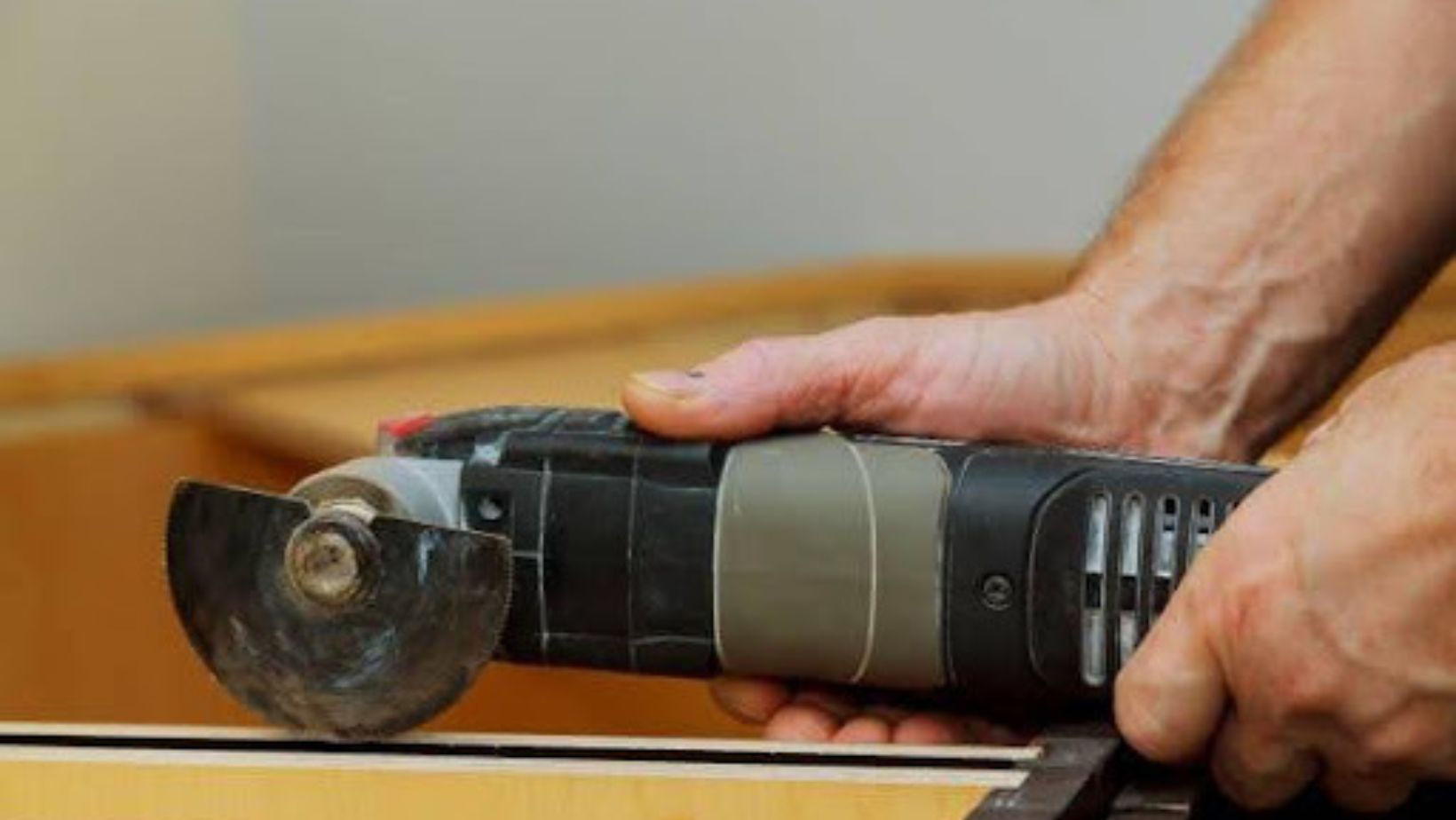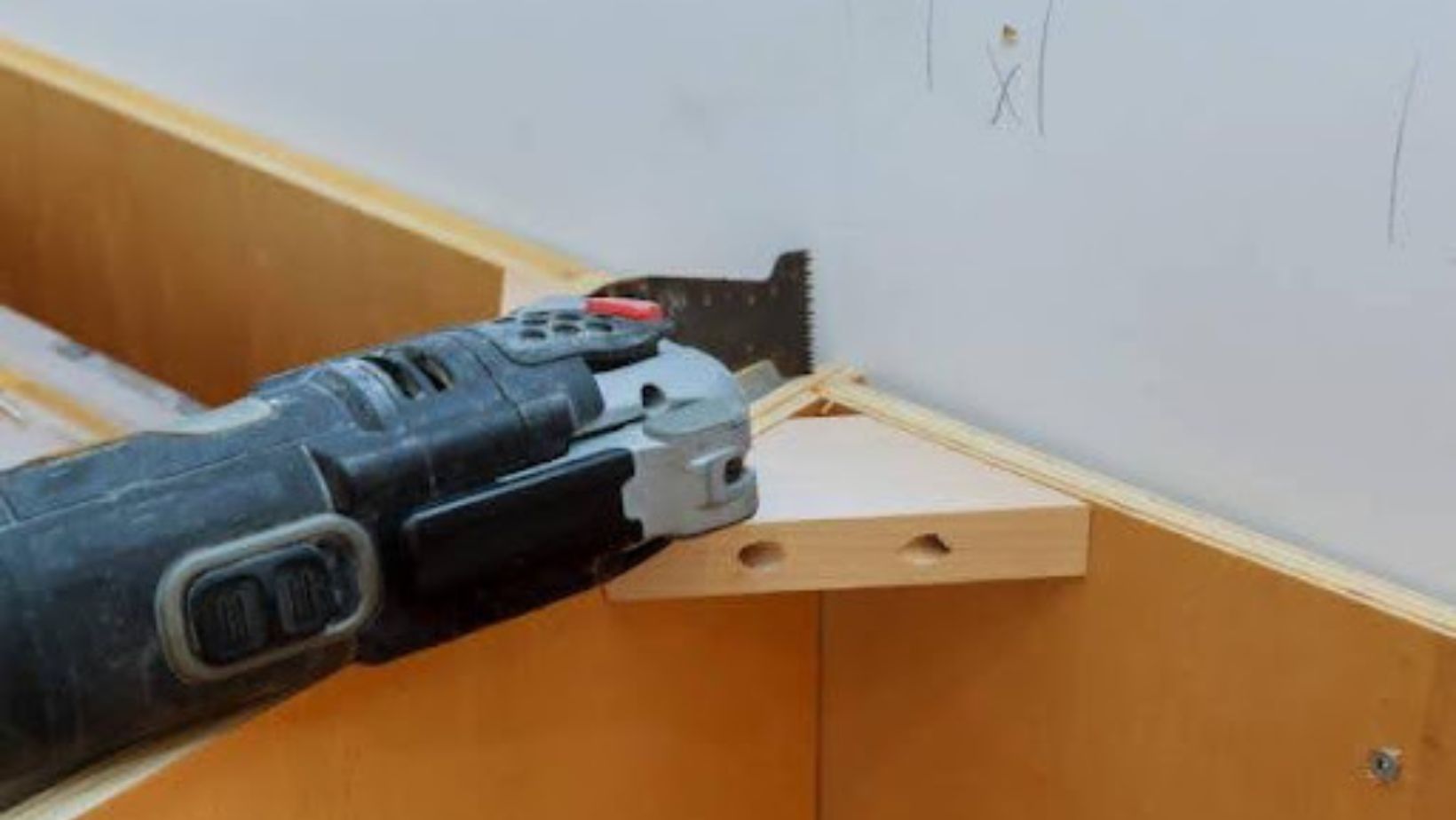5 Tips For Maintaining An Oscillating Tool

Oscillating tools are a favorite among professionals and DIYs because of their power and versatility. But without regular maintenance, these gadgets can quickly become unreliable and ineffective. Thankfully, you can maintain the best possible condition for your oscillating tool and save money by following a few easy guidelines.
An oscillating tool’s maintenance is not as difficult as it might seem. A few key pointers can prolong the life of your tool and keep it operating efficiently. Ignoring routine maintenance can cause reduced performance and ultimately need replacement. Here are five crucial pointers to assist you in properly maintaining your oscillating tool so it performs to its full potential.
Clean The Tool Regularly
Let’s start by discussing the not-so-glamorous aspect of oscillating tools: the mess they produce. Yes, these tools, including the RIDGID oscillating tool, are excellent at what they do. They handle various attachments, from cutting blades to sanding pads, allowing you to seamlessly transition between tasks without swapping tools.
Yet, they also have an insatiable desire to gather dust and debris. The key to maintaining the best possible condition for your tool is routine cleaning.
So, grab a brush or a blast of compressed air and show those particles to the exit door.
Develop the habit of focusing more on the air intake areas and vents. Regular clearing of these ensures that your oscillating tool has enough air to breathe, keeping performance hiccups at bay. Imagine your tool, liberated from the weight of undesired debris, thanking you with every gentle oscillation.
Recall that a happy tool is a clean tool, and a neat tool is a trustworthy ally for all your do-it-yourself endeavors. Thus, give your oscillating tool some TLC when you’re done shaping, sanding, or cutting through your products. It only takes a few minutes. It’s an easy yet powerful method to ensure a more extended and efficient partnership between you and your trusty tool!
Lubricate Moving Parts
Among the tips for maintaining an oscillating tool is lubricating its moving parts. Lubrication is necessary to keep those gears dancing in unison, not only to prevent friction. Locate the sweet areas and lubricate them, such as the blade attachment mechanism and the gears that produce a pleasing oscillating action!

But hang on! Check the owner’s manual to determine the recommended lubricant and how often the device needs to be pampered before lubricating. Each tool has its preferences, much like a spa-goer might favor lavender oil over eucalyptus.
Regular lubrication reduces wear and strain and keeps your tool as pliable as the day you brought it home. Your oscillating tool deserves to shine, so grab some lube, don your superhero cape, and enjoy every smooth oscillation!
Inspect The Power Cord And Plug
As with yourself, you want to keep your tool in the best possible shape! Thus, give that cord and plug a thorough inspection regularly. Analyze any signs of decline, like a detective investigating a case. Replace the cord if you discover frays, exposed wires, or anything that doesn’t seem quite right.
Never forget that your safety comes first! Unplug the tool before you begin this examination. Inspecting a live wire is not a task for the faint of heart. So, examine the cord carefully after removing it to be sure nothing unexpected is hiding there, waiting to destroy your equipment. You’ve successfully given your oscillating tool the all-clear if everything checks out.
But if there are red flags, quickly address the problems. This preventive action keeps your tool in optimal condition. It also ensures you may work on your tasks without encountering unforeseen difficulties.
Blade Maintenance
Blade maintenance is among the essential tips for maintaining an oscillating tool. First off, keep those blades sharp. Besides making your tool work harder, dull blades can lower the quality of your cuts. Therefore, get a high-quality blade sharpener or replace your blades when they exhibit wear.

When changing blades, treat it like a delicate operation. As directed by the manufacturer, unplug your tool. Make sure the blade is positioned precisely so it fits tightly. A shaky blade can impair the accuracy of your cuts and is a recipe for trouble.
Also, think about keeping a range of blades for various materials. One size doesn’t fit all in the world of oscillating tools. Having the proper blade for the job—whether wood, metal, or plastic—not only increases productivity but also shields your blades from needless wear and tear.
Finally, give your blades a brief wipe-down after an uphill task. Aside from keeping them looking nice, cleaning them of any debris or muck guarantees they are prepared for use the next time you grab your reliable oscillating tool.
Store Properly
Let’s discuss how you store your oscillating instrument when not in use. It needs a comfortable location that is free from moisture and other harm. It is best to keep your tool in a dry, cool environment; consider it a five-star hotel.

For dust and unintentional bumps, use the original case or get a robust toolbox. Maintaining your tool’s condition and readiness for use increases its lifespan.
Conclusion
So, there you have it–the information on maintaining your oscillating tool in tip-top shape. Thorough cleaning, lubrication, cord inspections, blade maintenance, and conscientious storing. Following these instructions will make your tool a faithful partner for future endeavors.
What's Your Reaction?
Deepak is a lover of nature and all things sporty. He loves to spend time outdoors, surrounded by the beauty of the natural world. Whether he's hiking, biking, or camping, Deepak enjoys being active and in touch with nature. He also loves to compete and push himself to his limits. Deepak is an avid cyclist, runner, and swimmer. He has competed in several triathlons and marathons, and is always looking for new challenges to take on.



